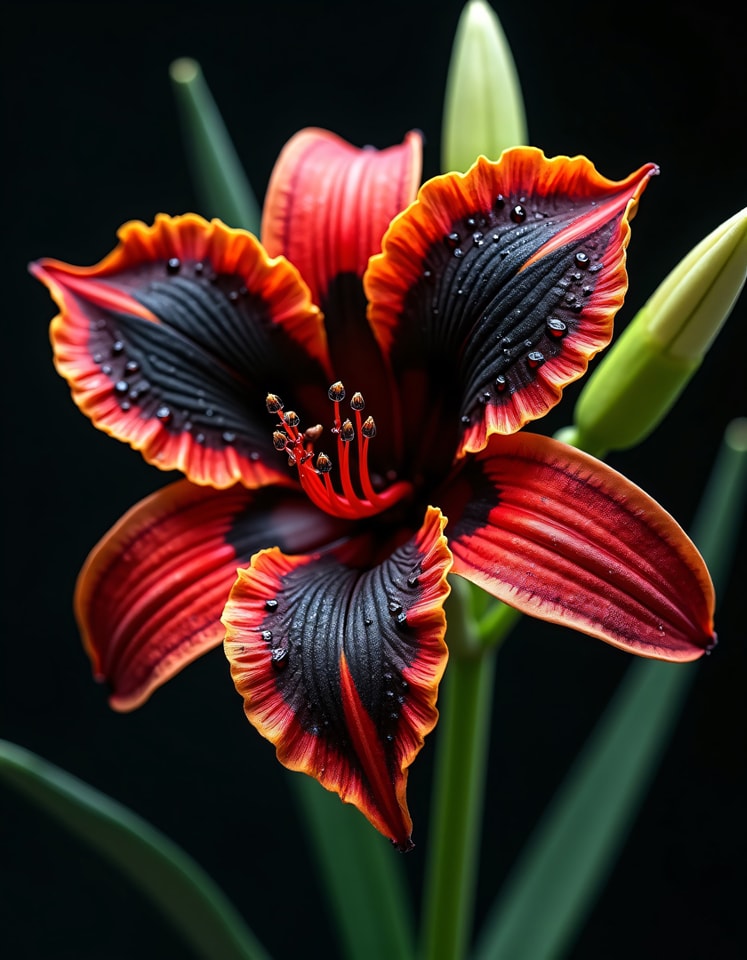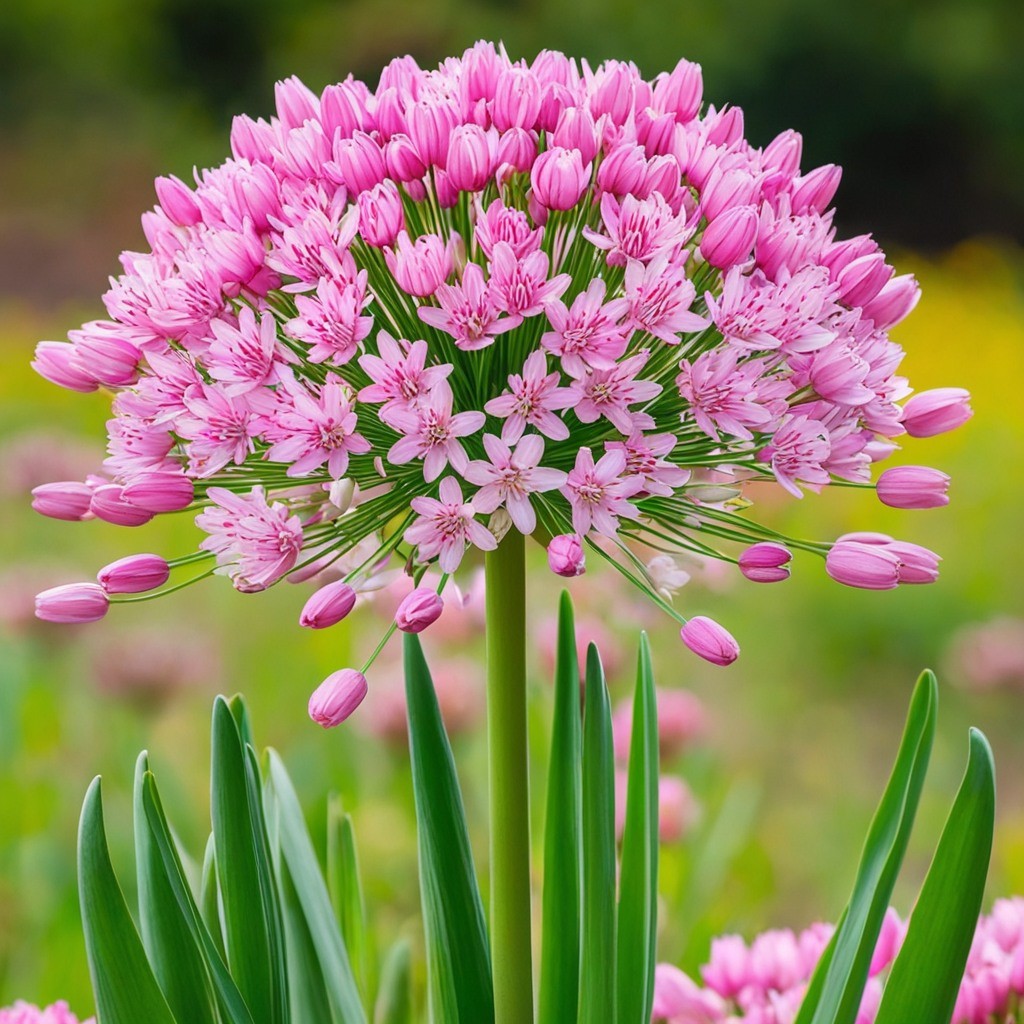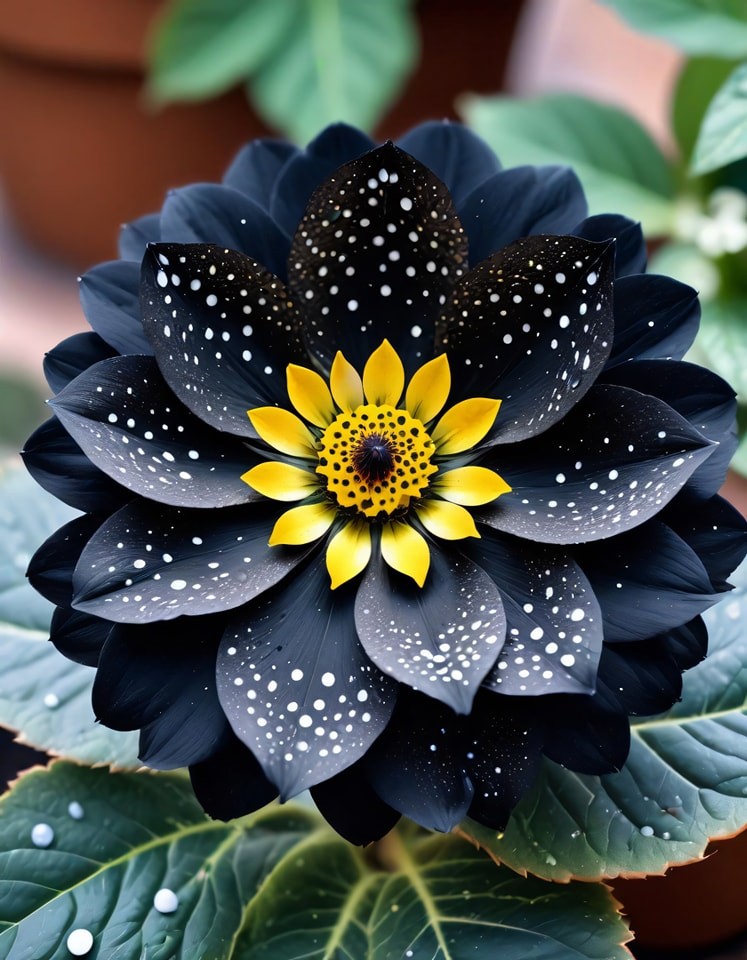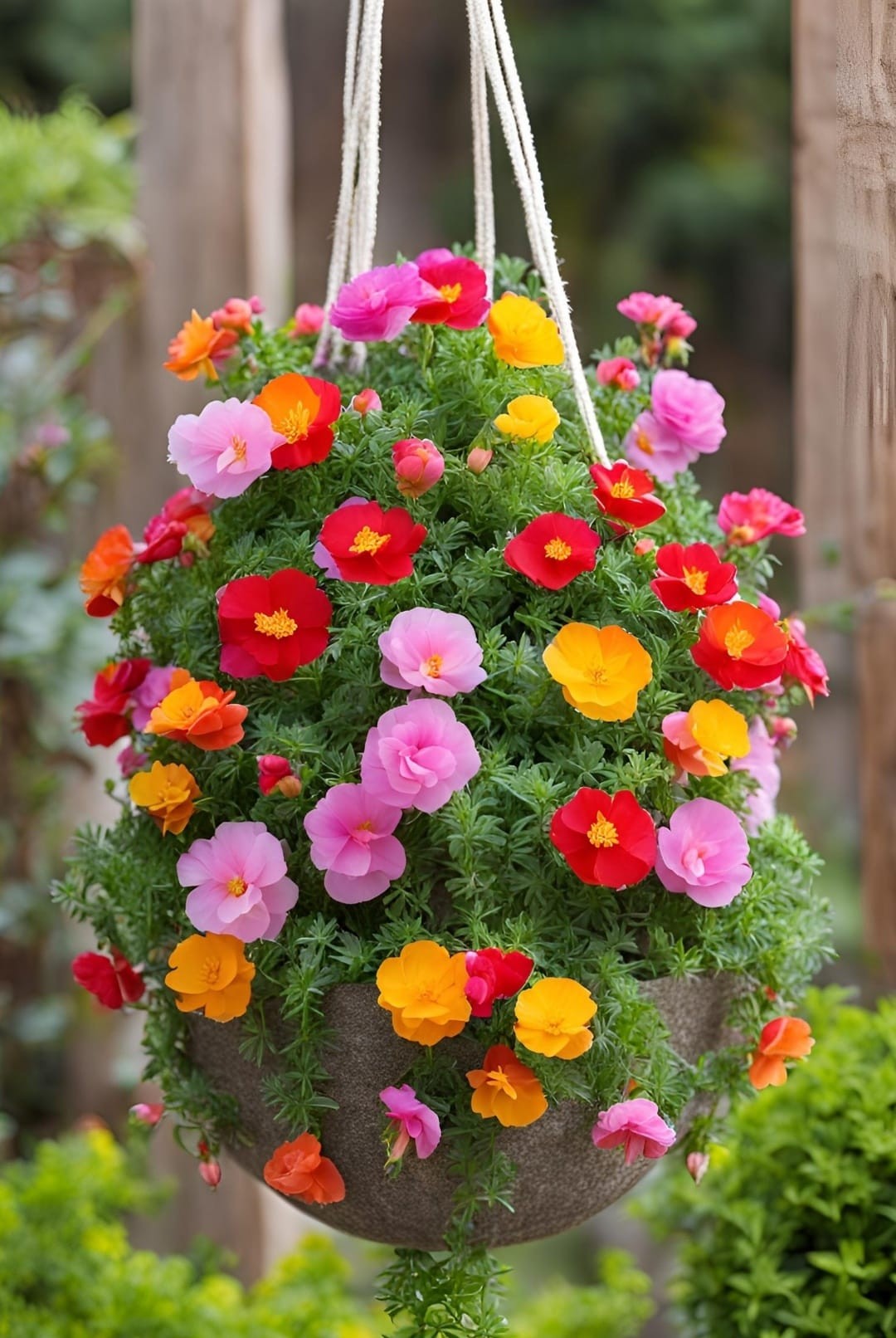All these varieties of cassia trees will give you incredible blooms, and they come in many colors, not just yellow. But don’t forget their fine foliage and long pods…
And the cassia tree variety first on our list is a real classic…
1: Golden Shower Tree (Cassia fistula)
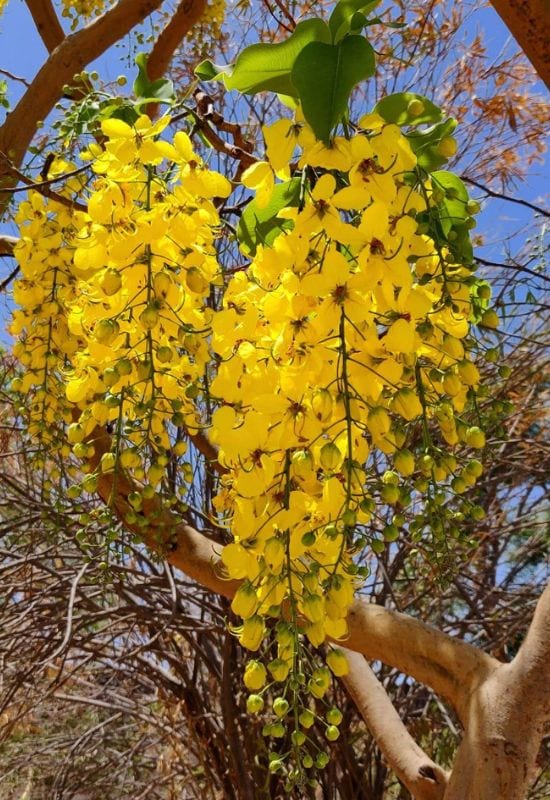
Of course, we want to meet one of the most popular species of Cassia in the world, known as golden shower tree! Native to India, Malaysia and Southeast Asia, it has become a favorite in gardens all over the world.
2: Pink Shower Tree (Cassia bakeriana)
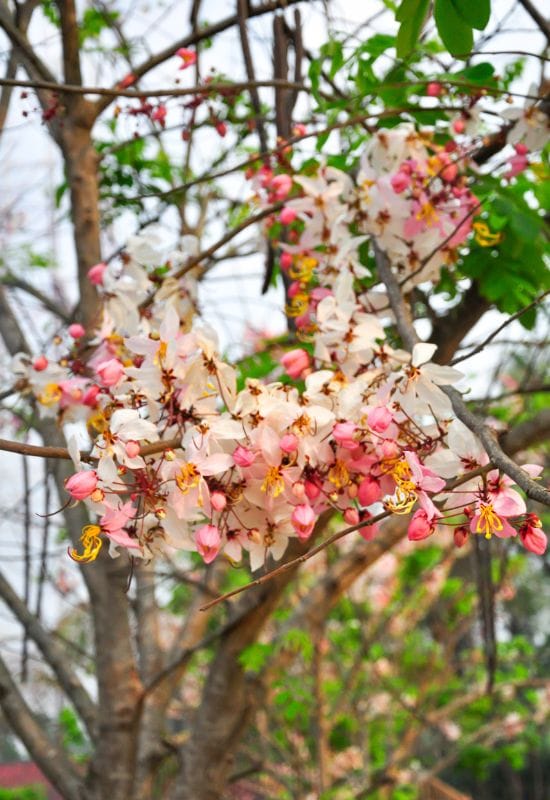
And we change color… Pink shower tree is the romantic sister of energetic Cassia fistula, and it comes to us from its native countries of Thailand and Myanmar… And what a spectacle it is!
Its fragrant flowers are so numerous and profuse that they literally fill all the spreading branches for about two months, announcing the good season with a bang! This spring bloomer, in fact, has drooping racemes with about 20 to 40 heads each, and about 4 to 10 inches long (10 to 25 cm); but you will get loads of them!
3: Candlestick Cassia (Senna alata)

Known by many names, including empress candle plant, candlestick cassia is actually a Senna species, native to tropical forests in Venezuela, Brazil and Columbia, and it is a shrub or small tree.
You may need to train it, picking one branch to turn into a trunk, but this little effort is really worthwhile… In fact, it is very decorative, to the point of being sculptural. And this is partly due to the spikes of super bright and rich, golden yellow flowers that it produces… As the name suggests, they grow upright and straight, like candles of light!
4: Brewster’s Cassia (Cassia brewsteri)
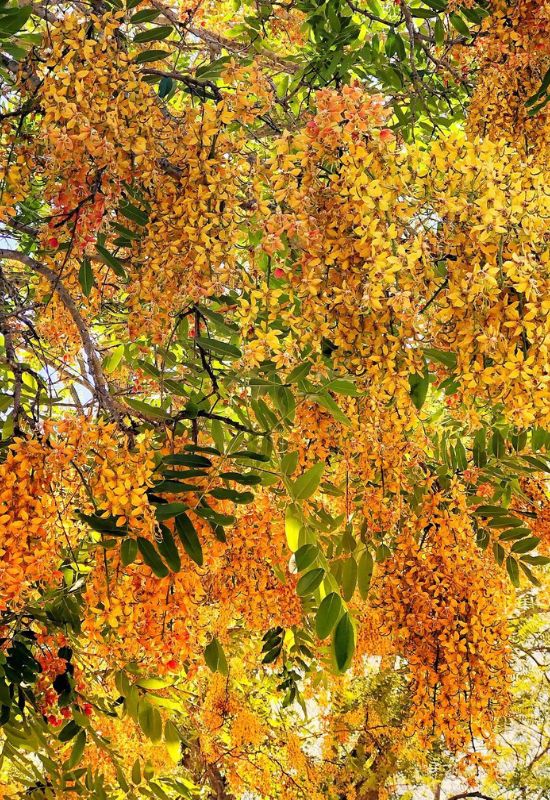
A variety from the Southern hemisphere, and exactly from Queensland, Australia, is Brewster’s cassia, and it has become popular in Los Angeles, also because it tolerates long periods of drought. It is also called bean tree, but it can turn into a shrub if you let it grow wild.
5: Desert Cassia (Senna polyphylla)
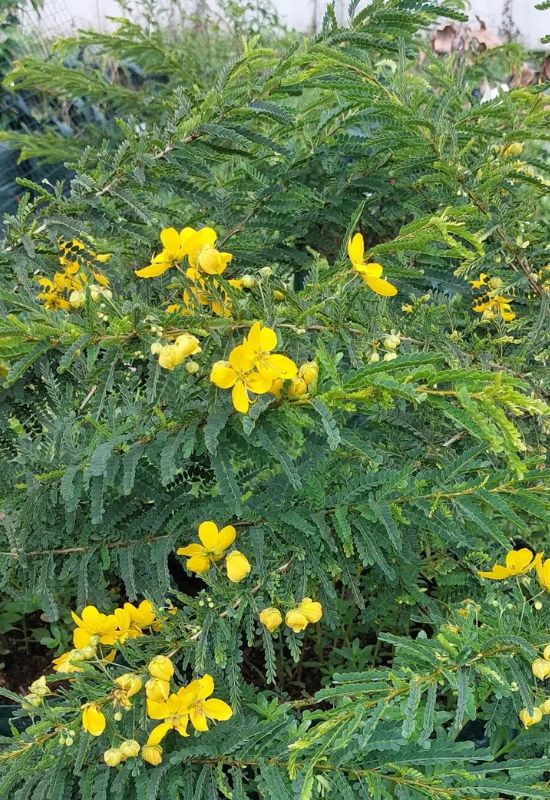
As the name suggests, desert cassia (Senna polyphylla) will withstand long periods of drought, but it does not hail from arid regions. On the contrary, this variety is native to the Caribbean Islands, and it is usually a small tree, often multi trunked, with excellent decorative value.
6: Apple Blossom Tree (Cassia javanica)

Apple blossom is a large tree, also called Java cassia, native of Southeast Asia. It has a very decorative spreading crown, often in the shape of a broad umbrella, where its generous clusters of flowers hang during spring.
7: American Cassia (Senna spectabilis)
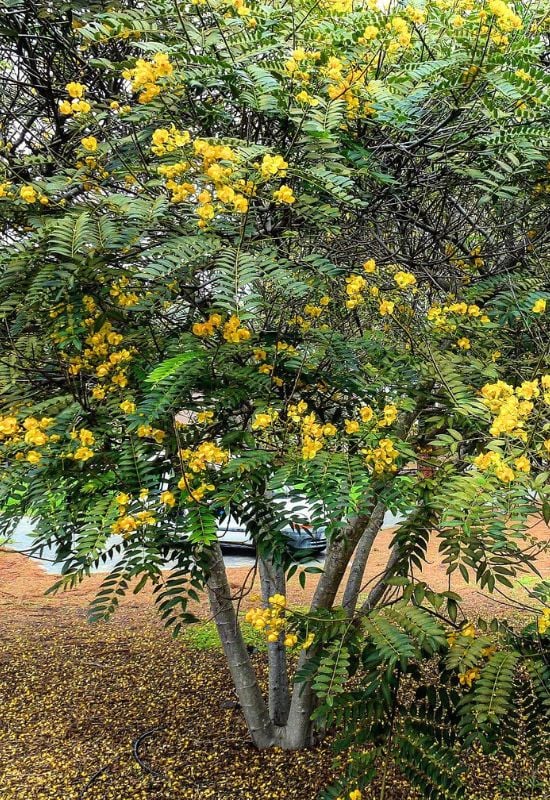
American cassia, a.k.a. popcorn tree, is a Senna variety from the New World, which owes its fortune with Humankind thanks to its great medicinal properties, but also for its decorative value. Growing into a small or medium sized tree with a broad and spreading crown, it is also used against deforestation, but it can also become invasive.
8: Carao (Cassia grandis)
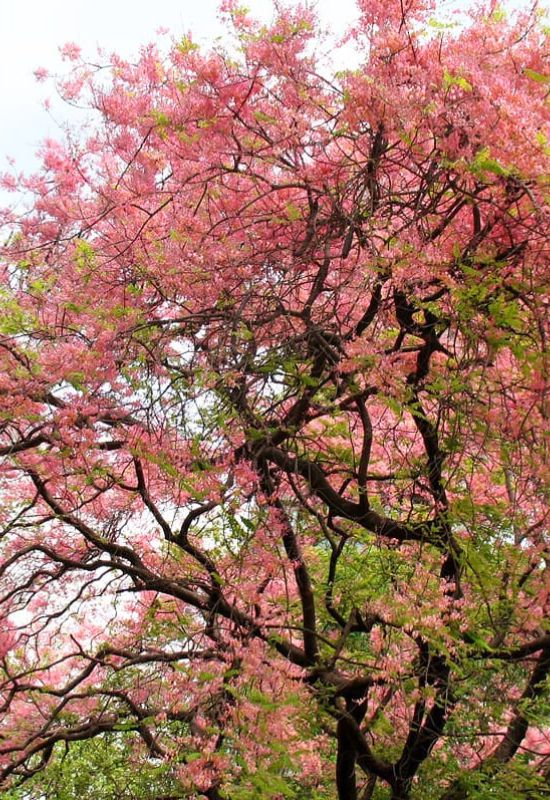
Also called pink shower tree (as well!) or coral shower tree, Carao is the common Spanish name of a giant of the genus from southern Mexico, Venezuela and Ecuador, as it reaches 98 feet in height (30 meters).
9: Gold Medallion Tree (Cassia leptophylla)
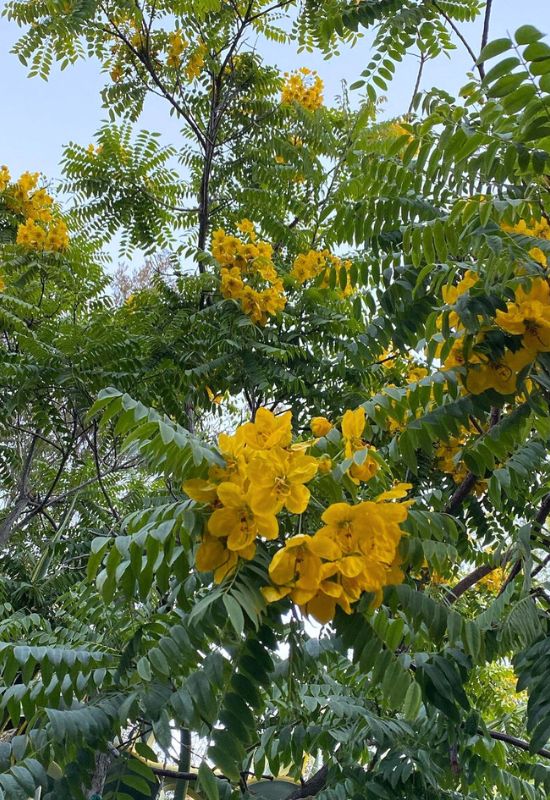
Native to Brazil, gold medallion tree is a really stunning variety of cassia! To start with, it will blossom intermittently throughout the whole year! And will do this with big and showy flowers, up to 3 inches across (7.5 cm), and lots of them.
10: Rainbow Shower Tree (Cassia x nealiae)
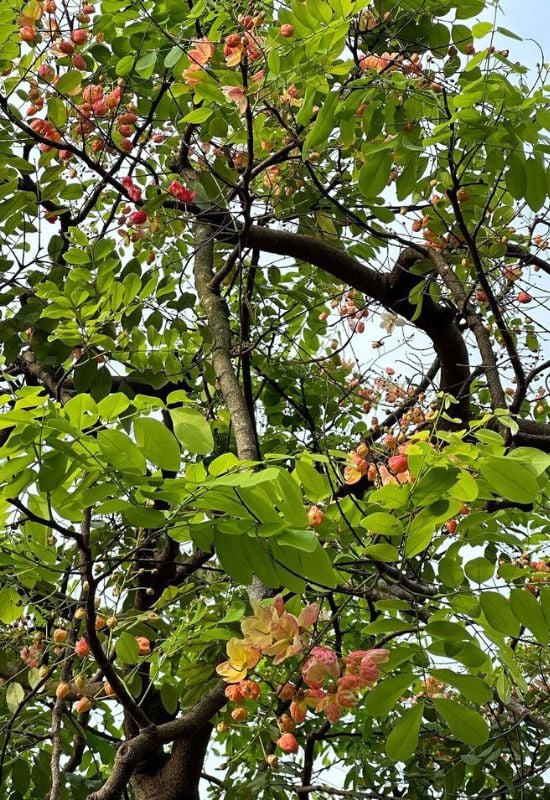
If you love colors, you won’t resist rainbow shower tree! This is a natural hybrid of cassia, and it looks like Mother Nature has a flair for Impressionist painting… As the name suggests, the flowers have, indeed an impressive palettes.
11: Long Pod Cassia (Cassia abbreviata)
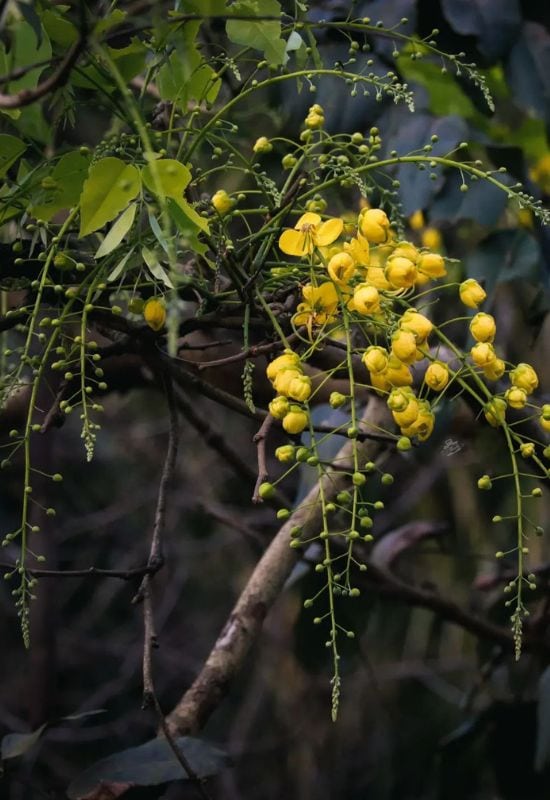
Native to Africa, long pod cassia has something very special about it… And it is not just its long lasting blossoms, which start in August and continue till late in the season, stopping only in October.
12: Red Cassia (Cassia roxburghii)
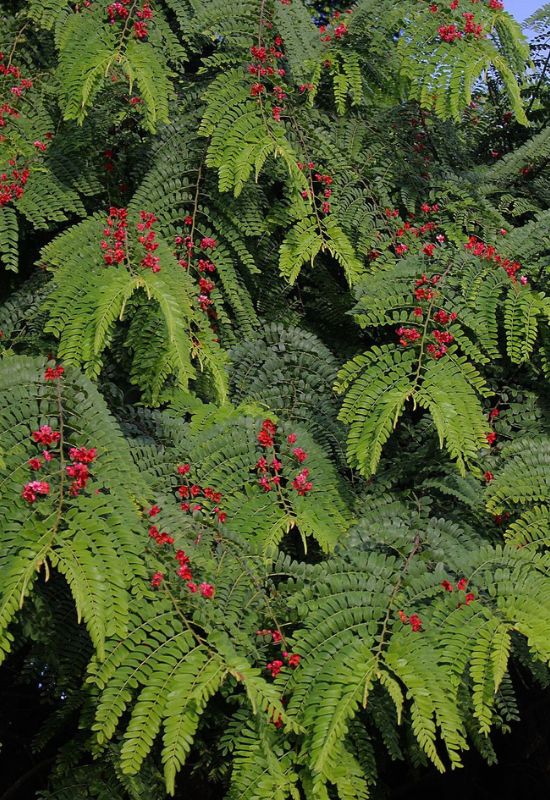
And we close with a variety that few people know… Native to India, red cassia is quite an original species… I also think it is one of the most elegant of these trees, and this is thanks to its arching and descending branches, which, together with the long and drooping evergreen foliage gives it an almost weeping habit.
